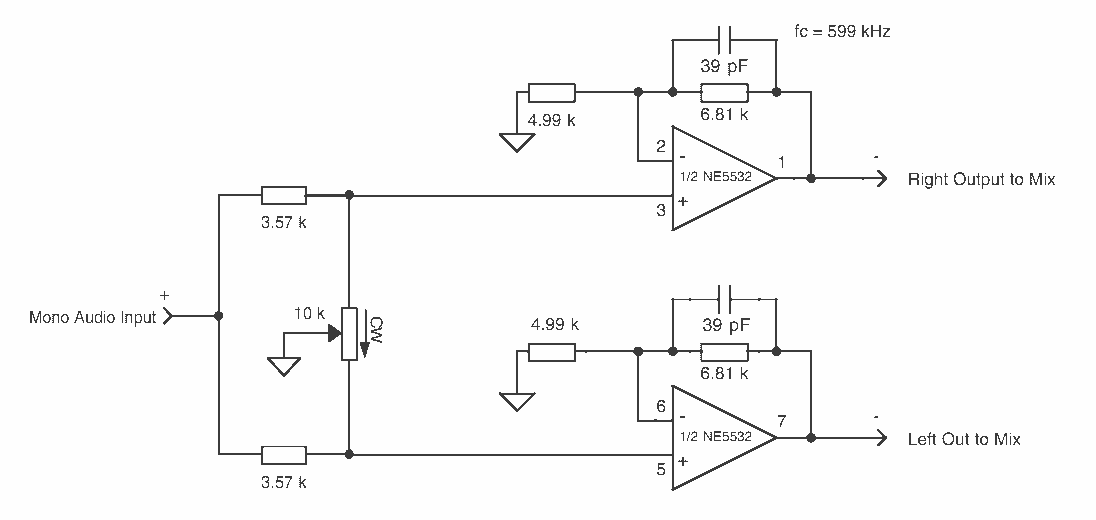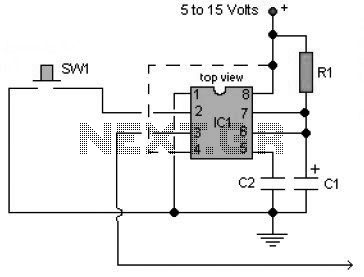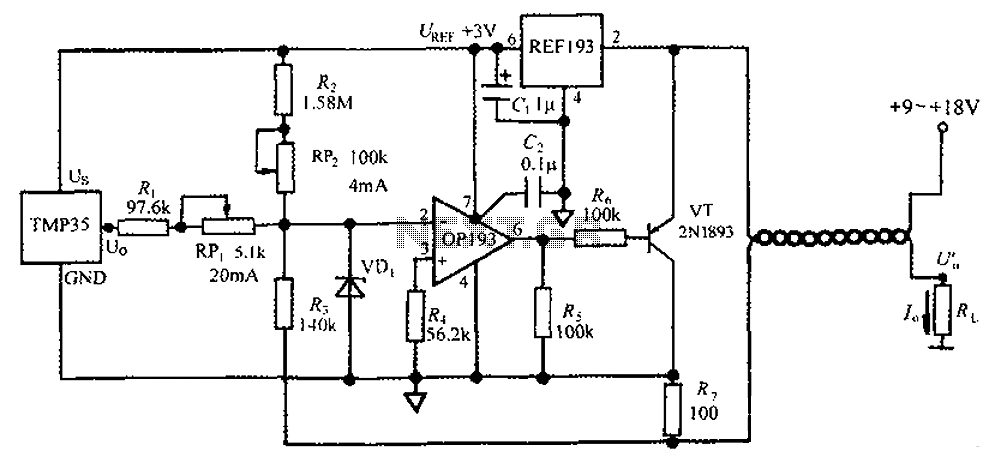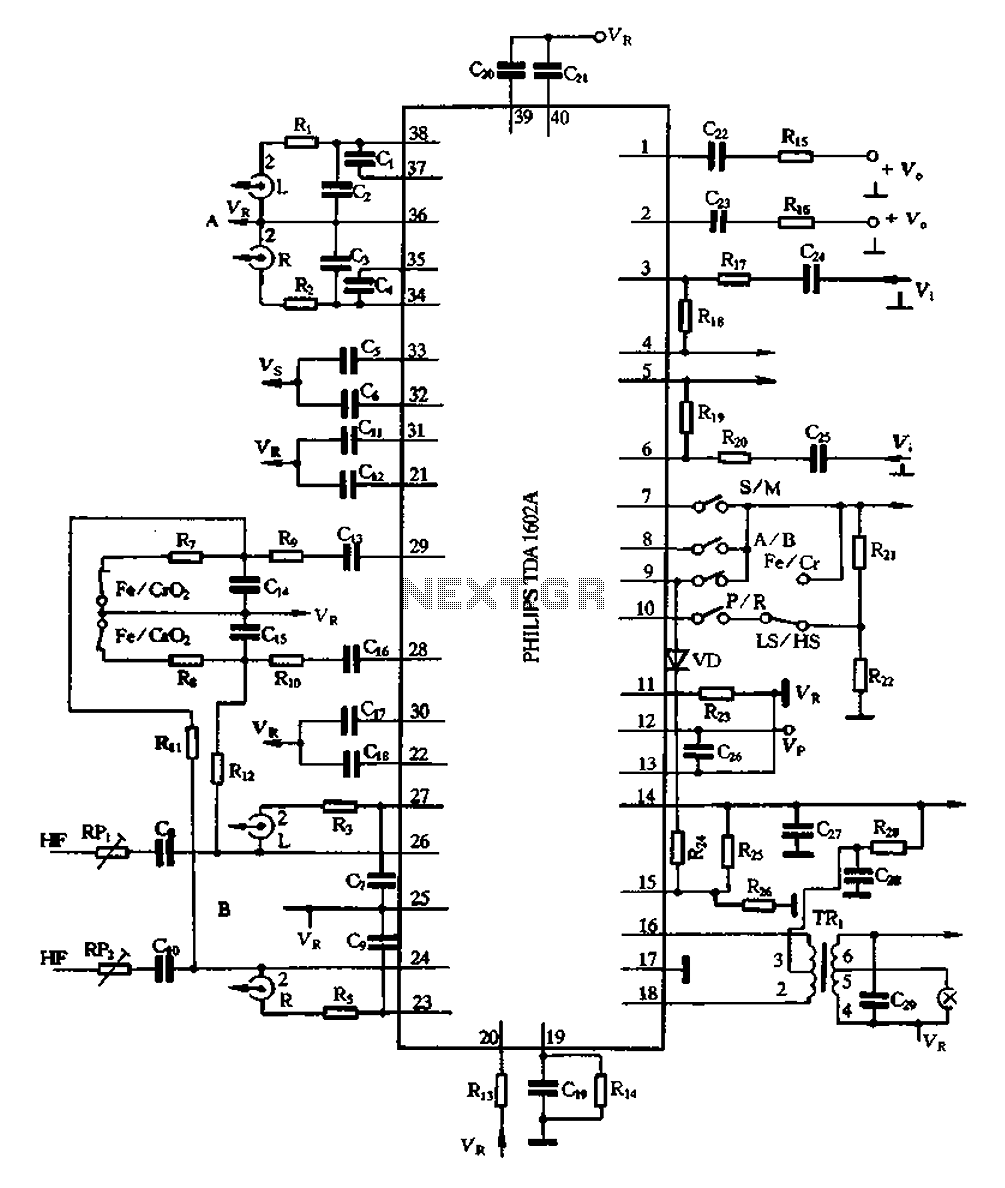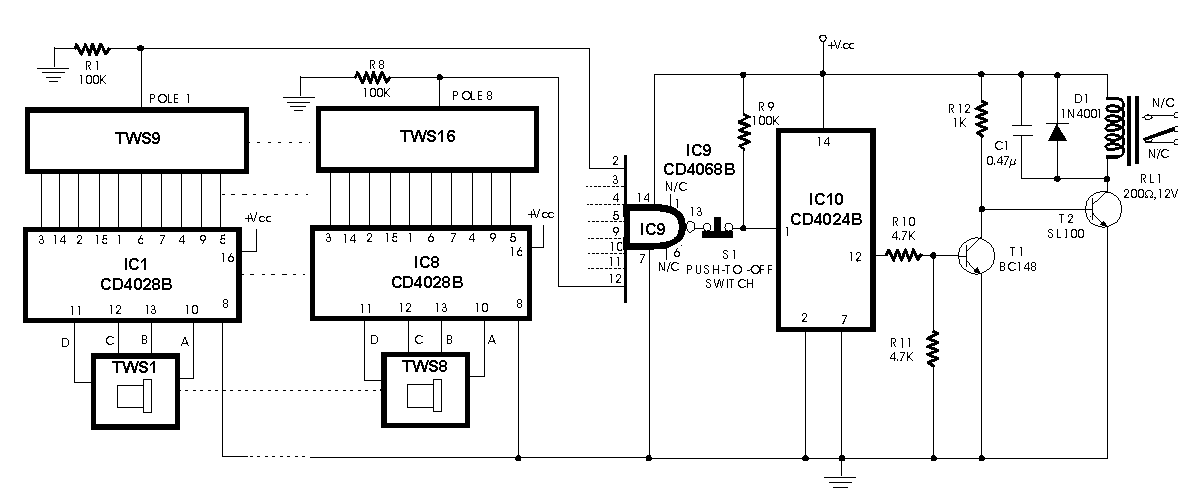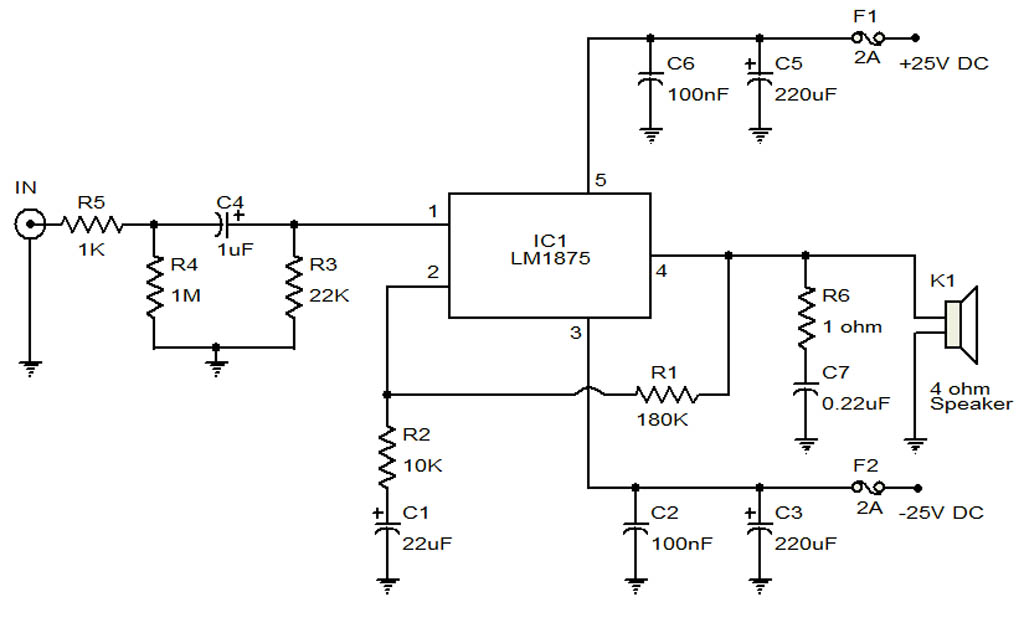
The low-powered BJT base pin cast differentiates the circuit cipher scheme automatically
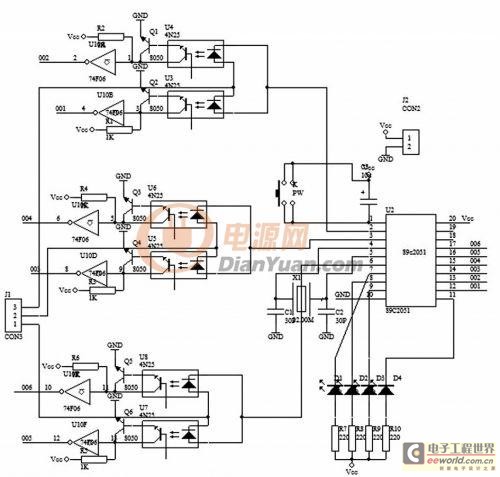
In electronic technology, the triode utilizes a variety of general components and parts. The parameters of the triode and numerous electrical parametric measurement schemes are closely related to measurement results. Therefore, in electronic design, the base pin, typological judgment, and measurement of the triode are crucial. There are multiple methods for measuring the base pin of the triode; one commonly used in laboratories is the multimeter, which measures the characteristics of each base pin of the triode. However, due to the complex relationship between voltage and current at each pin, along with the small size of the triode, measurement can be significantly inconvenient. Currently, there are no market devices that automatically differentiate between the triode and its base pins. Therefore, designing a circuit that can automatically differentiate the base pin of the triode is particularly important. The arrangement according to the type and base pin of the daily triode is designed to include a central control unit, a changeover circuit, an amplifying circuit, and a display circuit, as illustrated in the schematic. The central control unit utilizes the AT89C2051 microcontroller. The schematic circuit diagram for automatically differentiating the base pin type of the triode includes components such as the AT89C2051 microcontroller, CD4069 inverter, 4N25 optocoupler, 74LS06, 74LS07, as well as several resistors and capacitors. The circuit sends three different binary codes through the P3.2 pin of the microcontroller to pins 1, 2, and 3 of the triode. For different triodes, varying codes are sent by the microcontroller, resulting in different current directions at pins 1, 2, and 3, which may either flow in or out. Two series of optocouplers detect the current flow in various directions. When the codes are processed in parallel, three binary codes are converted into six binary codes. The detected electrical signal from the optocoupler is amplified; however, since the output signal is not at a canonical level, it cannot be directly interpreted by the machine's interface. To address this, the CD4069 inverter is employed to invert the signal, which then sends six canonical binary codes to the P1.0 to P1.5 pins of the microcontroller. The microcontroller compares the data read from the P1 pins with pre-stored data. When the conditions are met, it outputs the measurement results from the P3.3 to P3.7 pins, ultimately revealing the corresponding triode type through an LED indicator.
The described automatic base pin differentiation circuit for triodes is a sophisticated design that streamlines the measurement process for these essential electronic components. The use of the AT89C2051 microcontroller as the central control unit allows for efficient processing and management of the measurement data. The integration of various components such as the CD4069 inverter and optocouplers enhances the circuit's ability to accurately detect and interpret the electrical characteristics of different triode types. This not only simplifies the measurement procedure but also increases reliability and accuracy, which is critical in electronic design and testing environments. Furthermore, the display circuit provides a clear visual indication of the triode type, facilitating quick identification and assessment by engineers and technicians. Overall, this circuit design represents a significant advancement in the automated measurement and classification of triodes, addressing existing challenges and improving workflow efficiency in electronic laboratories.In electron technology, the triode uses a kind of extremely general components and parts, the parameter of the triode and a lot of electricity parametric measurement schemes, measuring results have a very close relation, so, in the electronic design, the base pin, typological judgement and measurement of the triode are very important. Measuring the base pin method of the triode has multi-type, among them a commonly used one of laboratory is that the use multimeter and characteristic of triode every base pin carry on measurement, but because the voltage, electric current relation among each pin of the triode are complicated, and triode own volume minor, bring to measurement greatly inconvenient, at present at the market yet to the intersection of triode and base pin, device that type differentiates automatically. So, designing one seem particularly important to can differentiate the base pin of the triode, typological circuit automatically.
Arrange the way according to type and base pin of the daily triode at present, the ones that designed differentiated the circuit automatically and included central control unit, chance-over circuit, measured the amplifying circuit and four parts of display circuit, as shown in Fig. 1, among them use AT89C2051 as the central control unit. Fig. 2 shows and differentiates the schematic circuit diagram of the hardware automatically for the base pin type of the triode, this hardware circuit mainly includes the one-chip computer AT89C2051, components and parts such as inverter CD4069, photoelectric coupler 4N25, 74LS06, 74LS07, several resistance and electric capacity, etc.
Sent three binary codes different level of level P3. 2 mouth by P3. 0 of the one-chip computer at first, Send to pin No. 1, 2, 3 of the triode separately. As to different triodes, while sending different codes with one-chip computer, current directions on its pin No. 1, 2, 3 are different, have, flow into and flow out two situation, take two serials of photoelectric coupler, have passing of current at how many directions does it come on, find in parallel while being reverse, three binary codes are turned into six binary codes at this moment.
Amplify the detected electric signal from photoelectric coupler, because the signal that outputs at this moment is not the canonial level level, can`t direct the intersection of sheet and slices of machine discern phase place fulfil requirements either, so add the first class inverter CD4069 and go on the oppisite phase, then send six canonial binary codes that the inverter output to P1. 0 P1. 5 mouth of the one-chip computer. The one-chip computer compares with data of the load in advance within the one-chip computer according to the data read out from P1 mouth, output and measure the result from P3.
3 to P3. 7 mouth when meeting the corresponding condition, reveal the correspondent triode type with luminescent diode finally. In electron technology, the triode uses a kind of extremely general components and parts, the parameter of the triode and a lot of electricity parametric measurement schemes, measuring results have a very close relation, so, in the electronic design, the base pin, typological judgement and measurement of the triode are very important.
Measuring the base pin method of the triode has multi-type, among them a commonly used one of laboratory is that the use multimeter and characteristic of triode every base pin carry on measurement, but because the voltage, electric current relation among each pin of the triode are complicated, and triode own volume minor, bring to measurement greatly inconvenient, at present at the market yet to the intersection of triode and base pin, device that type differentiates automatically. So, designing one seem particularly important to can differentiate the base pin of the triode, typological circuit automatically.
Arrange the way according to type and base pin of the daily triode 🔗 External reference
The described automatic base pin differentiation circuit for triodes is a sophisticated design that streamlines the measurement process for these essential electronic components. The use of the AT89C2051 microcontroller as the central control unit allows for efficient processing and management of the measurement data. The integration of various components such as the CD4069 inverter and optocouplers enhances the circuit's ability to accurately detect and interpret the electrical characteristics of different triode types. This not only simplifies the measurement procedure but also increases reliability and accuracy, which is critical in electronic design and testing environments. Furthermore, the display circuit provides a clear visual indication of the triode type, facilitating quick identification and assessment by engineers and technicians. Overall, this circuit design represents a significant advancement in the automated measurement and classification of triodes, addressing existing challenges and improving workflow efficiency in electronic laboratories.In electron technology, the triode uses a kind of extremely general components and parts, the parameter of the triode and a lot of electricity parametric measurement schemes, measuring results have a very close relation, so, in the electronic design, the base pin, typological judgement and measurement of the triode are very important. Measuring the base pin method of the triode has multi-type, among them a commonly used one of laboratory is that the use multimeter and characteristic of triode every base pin carry on measurement, but because the voltage, electric current relation among each pin of the triode are complicated, and triode own volume minor, bring to measurement greatly inconvenient, at present at the market yet to the intersection of triode and base pin, device that type differentiates automatically. So, designing one seem particularly important to can differentiate the base pin of the triode, typological circuit automatically.
Arrange the way according to type and base pin of the daily triode at present, the ones that designed differentiated the circuit automatically and included central control unit, chance-over circuit, measured the amplifying circuit and four parts of display circuit, as shown in Fig. 1, among them use AT89C2051 as the central control unit. Fig. 2 shows and differentiates the schematic circuit diagram of the hardware automatically for the base pin type of the triode, this hardware circuit mainly includes the one-chip computer AT89C2051, components and parts such as inverter CD4069, photoelectric coupler 4N25, 74LS06, 74LS07, several resistance and electric capacity, etc.
Sent three binary codes different level of level P3. 2 mouth by P3. 0 of the one-chip computer at first, Send to pin No. 1, 2, 3 of the triode separately. As to different triodes, while sending different codes with one-chip computer, current directions on its pin No. 1, 2, 3 are different, have, flow into and flow out two situation, take two serials of photoelectric coupler, have passing of current at how many directions does it come on, find in parallel while being reverse, three binary codes are turned into six binary codes at this moment.
Amplify the detected electric signal from photoelectric coupler, because the signal that outputs at this moment is not the canonial level level, can`t direct the intersection of sheet and slices of machine discern phase place fulfil requirements either, so add the first class inverter CD4069 and go on the oppisite phase, then send six canonial binary codes that the inverter output to P1. 0 P1. 5 mouth of the one-chip computer. The one-chip computer compares with data of the load in advance within the one-chip computer according to the data read out from P1 mouth, output and measure the result from P3.
3 to P3. 7 mouth when meeting the corresponding condition, reveal the correspondent triode type with luminescent diode finally. In electron technology, the triode uses a kind of extremely general components and parts, the parameter of the triode and a lot of electricity parametric measurement schemes, measuring results have a very close relation, so, in the electronic design, the base pin, typological judgement and measurement of the triode are very important.
Measuring the base pin method of the triode has multi-type, among them a commonly used one of laboratory is that the use multimeter and characteristic of triode every base pin carry on measurement, but because the voltage, electric current relation among each pin of the triode are complicated, and triode own volume minor, bring to measurement greatly inconvenient, at present at the market yet to the intersection of triode and base pin, device that type differentiates automatically. So, designing one seem particularly important to can differentiate the base pin of the triode, typological circuit automatically.
Arrange the way according to type and base pin of the daily triode 🔗 External reference
